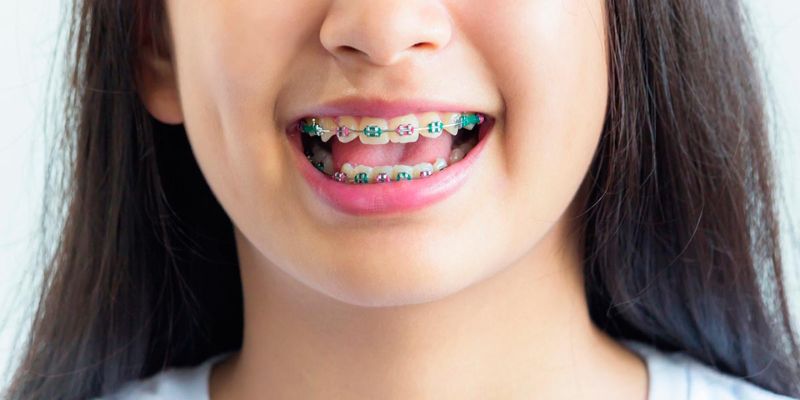Which Option is Good For Your Kid’s Braces Treatment

It's important to remember that having straight, healthy teeth significantly impacts a child's overall health and well-being. As a child's teeth grow and shift to make room for new ones, this can sometimes lead to misalignments or shifting, which may affect the child's ability to chew food properly or communicate effectively. One of the most popular methods used by orthodontists to address these issues is the use of braces for kids. To learn more about the types of braces available for kids and how long they may need to be worn, keep reading.
Why Braces for Kids?
Braces help straighten teeth, fix bite issues, and improve your child’s smile. Getting braces early can prevent bigger problems, like tooth decay or speech difficulties. Many children start braces treatment between the ages of 9 and 14 when their adult teeth have come in.
Types of Braces for Kids
You and your kid can choose from a variety of brace styles, each with unique advantages. Let's dissect them: Children can wear braces in various styles, each with advantages and disadvantages. The age and demands of your child will determine which braces are ideal. These are a few of the most popular styles of braces that children get:
1. Metal Braces (Traditional Braces)
Metal braces are the most common type and have been around for a long time. They are made of metal brackets and wires that gradually move the teeth into place.
- They work quickly and are highly effective.
- They’re durable and can handle the tough chewing habits kids might have.
- You can add colorful bands to make them fun!
2. Ceramic Braces
Ceramic braces are similar to metal braces but use clear or tooth-colored brackets, making them less noticeable.
- Less visible than metal braces.
- They work just as well as metal braces for straightening teeth.
3. Lingual Braces
An additional option for kids with crowded or misaligned teeth is a lingual brace. Instead of being positioned in front of the teeth, the lingual braces are behind them. The wire is concealed beneath the teeth, so people in your immediate vicinity hardly see it.
4. Clear Aligners (Invisalign)
Clear aligners are plastic trays that fit over the teeth and gradually move them into the correct position. These are popular because they are almost invisible.
- They are clear, so no one notices them.
- They can be removed for eating and brushing.
- No discomfort from metal wires or brackets.
Factors to Consider When Choosing Braces
Choosing the right type of braces depends on several factors. Here are some things to think about:
- Your Child’s Age: Younger children might be better suited for traditional metal braces since they are durable and can handle the wear and tear of active kids. Clear aligners might be more appropriate for teens who are more responsible.
- Comfort: If your child is concerned about discomfort, clear aligners or ceramic braces might be a better choice because they don’t have sharp metal parts.
- Visibility: Some children may feel self-conscious about wearing braces. In this case, ceramic braces, lingual braces, or clear aligners are good options because they are less noticeable.
- Cost: Traditional metal braces tend to be the most affordable option. Ceramic braces and clear aligners are typically more expensive, while lingual braces are often the most costly.
- Treatment Time: Metal braces usually work faster than clear aligners, so if you’re looking for quick results, traditional braces might be the way to go.
How Long Will Your Child Need Braces?
The amount of time your child will need to wear braces depends on the complexity of their dental issues. On average, most children wear braces for 1 to 3 years. After braces are removed, your child will likely need to wear a retainer to keep their teeth in their new positions.
Caring for Braces
No matter which type of braces your child gets, it’s important to maintain good oral hygiene. Here are a few tips:
- Brush and floss regularly: This helps control cavities and gum disease while wearing braces.
- Avoid sticky or hard foods: Edibles like gum, popcorn, and hard candies can damage braces or get stuck in them.
- Visit the dentist: Regular check-ups are necessary to monitor progress and make any needed adjustments.
There’s no one-size-fits-all answer when it comes to braces for your child. The best option depends on their dental needs, lifestyle, and budget. By understanding each type of braces, you can make a knowledgeable decision that works best for your child’s smile. If you are looking for braces treatment for kids in Karad, then visit Chintamani Dental Home, One of the renowned Kid’s dental clinics in Karad.
